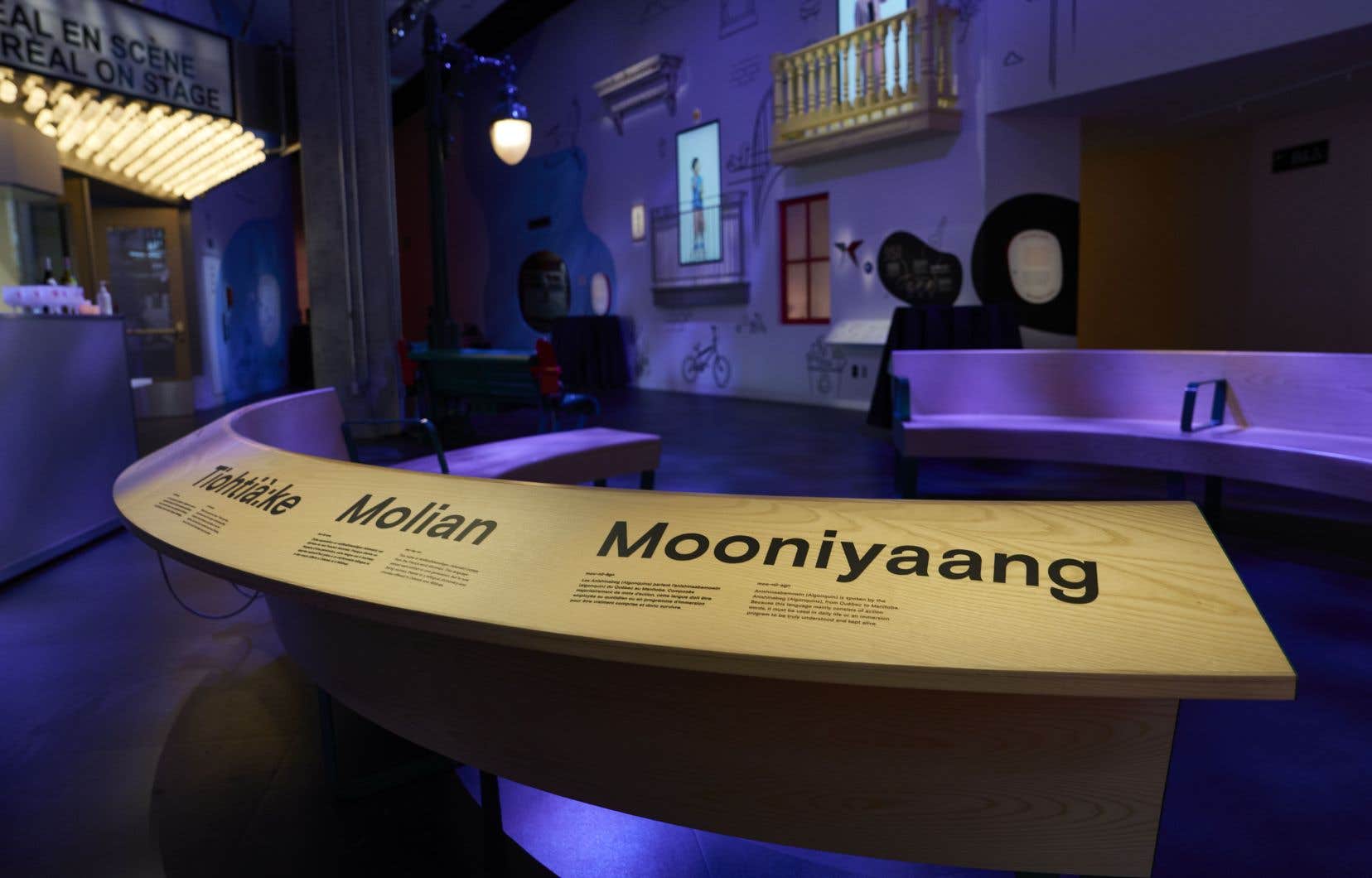This text is part of the special notebook Center of Montreal Memories
Citizen and scientific committees, free public spaces, universal accessibility of places and content… The Center des memories montrealaises (MEM) aims to be inclusive, in order to allow as many people as possible to have a great experience at the museum. Welcome everyone !
As the Montreal History Center celebrates its 40th anniversary this year, it will reopen its doors in 2023 in a transformed form. “The transformation has been in the works for a long time; we wanted to develop the citizen aspect,” says Ophélie Raffin, communications manager at the MEM. In a new building in the heart of the entertainment district, the MEM will be able to welcome three times more visitors, and get closer to Montrealers.
Montreality
The only municipal museum in the metropolis, the MEM wishes to highlight the memories of Montreal. “It is a space that is both museum and citizen, which tells the little stories that make up the great history of Montreal,” explains M.me Raffin. Through its exhibitions and programming, the MEM will present the different facets of the city and its communities, including those who are less often given a voice.
The 100% Montreal content even extends to the store, which offers a selection of products from Montreal creators, artists and artisans, as well as a collection made especially for the MEM. Certain retro objects will also awaken visitors’ nostalgia.
Citizens at the heart of the process
To ensure that everyone has a voice, the MEM has set up several committees to think about the content and layout of the museum. In addition to the citizen and scientific committees, three subcommittees were consulted (indigenousness, marginalized groups and accessibility). “We did not want to speak for indigenous communities, and we wanted to make sure we understood the ecosystem in which the MEM fits,” explains M.me Raffin.
To be inclusive, “some of the spaces are free and accessible to all, as an extension of the street. Visitors will enter public spaces like a mini-Montreal,” continues Ophélie Raffin. “It was really important for the MEM to include places where Montrealers can feel that it is their museum,” adds Josée Lefebvre, responsible for citizen and community projects at the MEM.
The Center has also set up a working group, made up of employees and citizens of all ages, with various expertise and from different neighborhoods to think about the use of these free spaces. In the “kiosk”, existing citizen and community projects will be able to experience a second life. “There are so many beautiful things happening in Montreal, which don’t always have visibility,” notes Mme Lefebvre. The “playground”, for its part, will serve as a laboratory for collaborative or commemorative projects created in partnership. A cultural programming component is also developed in parallel and in addition.
“We are in consultation mode rather than consultation: the MEM will not go against what the committee has decided,” says Mme Lefebvre. This citizen and community participation is also part of the DNA of the MEM: “The History Center had experimented with several things, such as memory clinics,” she recalls.
An accessible museum
This concern for inclusion is reflected in all aspects of the MEM. Rather than offering a reception desk, the museum relies on a team on the ground who will meet visitors. This has also been made aware and trained to welcome itinerant populations, who are welcome in the museum spaces. “We want these populations to benefit from the space,” says Ophélie Raffin.
Content and layout have also been developed taking into account universal accessibility. “It’s more than putting in an access ramp. We must take this into account from the start,” raises Aurélia Fleury, expert in cultural accessibility. “It’s about starting from the public and their different capacities and physical, mental, sensory availability, etc., and from temporary and permanent limits,” she summarizes. Mme Fleury, in collaboration with the AlterGo organization, supported the MEM in the development of a five-year accessibility plan integrated into the institution’s strategic planning. “Accessibility concerns everyone. Someone who has a broken leg will face a similar situation to someone who has a disability,” explains Mme Fleury.
“The MEM was already doing very well,” says Maxime Rouleau, universal accessibility advisor at AlterGo, who notably lists subtitling and video description of visual content, as well as translation into Quebec and American sign languages… The MEM also wishes to make its online encyclopedia accessible, in particular so that communities can read content that affects them in their own language. The goal: to truly become the museum for all Montrealers.
“We are part of the movement which consists of giving back a central place to citizens in their own museum space,” concludes Ophélie Raffin.
This content was produced by the Special Publications team at Duty, relating to marketing. The writing of the Duty did not take part.
